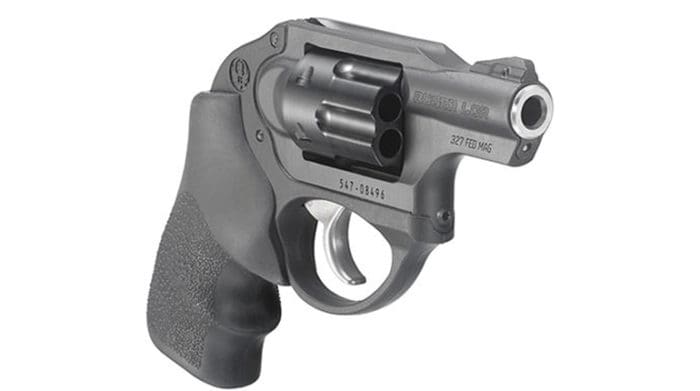Despite known gaps in performance between popular cartridges, very few new calibers ever really take off. Some find niche acceptance for certain applications, but almost all of the most popular calibers these days were devised before 1960; some before World War I.
According to a Lucky Gunner post from 2013, the 10 most popular cartridges people ordered from them were – in descending order – 9mm, .223 Remington, .45 ACP, .40 S&W, .22 LR, 5.56mm NATO, 12-gauge, .308 Winchester/7.62x45mm NATO, 7.62x39mm and .38 Special. Of those, only .40 S&W was devised after 1965 and half were invented before 1910. Three were created before 1900.
Granted, there are plenty of popular niche calibers among certain segments of shooters, and what’s wildly popular overall is something else entirely. Ask long range shooters and you’ll find that 6.5mm Creedmoor has basically become an institution at this point. However it’s a long, long way from being anywhere near as popular as .308.
The most recent handgun cartridge to achieve widespread popularity was .40 S&W. But fewer police officers are carrying it these days and fewer civilians are buying guns chambered in the caliber. Go into any gun store, you’ll usually find the .40 pistols going for a bit less than the the more popular 9mm models.
Sure, 10mm has its fans to be sure. A number of people out there still carry a .357 SIG, and God bless ’em. Along the same lines .38 Super has been limping on since its inception. You may find the odd duck carrying .45 GAP. There are even some folks with, say, a converted GLOCK in 9x25mm Dillon, and maybe the occasional 1911 in 9x23mm Winchester.
Among the revolver set, a few magnums have come along and found limited acceptance. The .327 Federal, for instance, probably should have had more fans than it does, given that it has more zip than .38 Special and can squeeze six rounds where you’d normally find five. But .327 has pretty much fizzled and only Ruger and Freedom Arms still make guns in this caliber.
In rifles, a raft of new cartridges comes along regularly, but only a few last for more than a few years before being consigned to the brass pile of history. Some cartridges worthy of note that have been unveiled in the past decade include .224 Valkyrie, 6.5mm Creedmoor, 6.5mm SPC, 6.5mm PRC, .26, .28, .30 and .33 Nosler, 300 BLK…and so many, many more. All will find some limited adoption, but not all will still be here in a few decades.
Some will make it, though; .280 Remington has a niche, especially among handloaders. A few rogue outfits still make ammunition in 7mm Shooting Times Westerner. Long-range shooters and big game hunters that don’t mind sore shoulders have taken to .338 Lapua. The 7mm-08 Remington won a good number of fans with its accuracy at long range and efficacy in the field.
In fact, 7mm-08, according to a 2014 NRA rifle match survey, was the third-most popular caliber. Number one on their hit parade was was .260 Remington.
The only thing that’s really happened with shotguns in the past 50 years is the advent of the 3-½” 12-gauge magnum loads. More people are buying 20-gauge shotguns rather than 16- or 28-gauge guns. Hardly anyone buys anything in .410 anymore, it seems, unless they’re buying a Taurus Judge.
You get the idea. There’s someone out there for every caliber under the sun. People who will swear up and down that their favorite is the greatest thing since smokeless powder. They wring their hands at their inability to convince the rest of the shooting world that their pet round should really be the NEXT BIG THING.
Clearly, tooling and other manufacturing costs don’t appear to deter manufacturers from making new guns in new calibers as it’s done all the time. Handgun makers seem a bit more skittish than rifle makers, to be sure, so you see fewer unusual chamberings there. It certainly isn’t efficacy; most new rounds take standard dimension bullets – it’s the powder load and the case that changes most of the time – so newer rounds will and do definitely work.
Why do you think this is? If asked, I’d guess it’s just the cost of buying and the availability of new and relatively rare (anything new will usually be scarce) ammo more than anything else.
How about you? Are you shooing a rare or esoteric caliber or wildcat round regularly? Let us know!
Sam Hoober is a contributing editor at Alien Gear Holsters, as well as for Bigfoot Gun Belts. He also writes weekly columns for Daily Caller and USA Carry.
